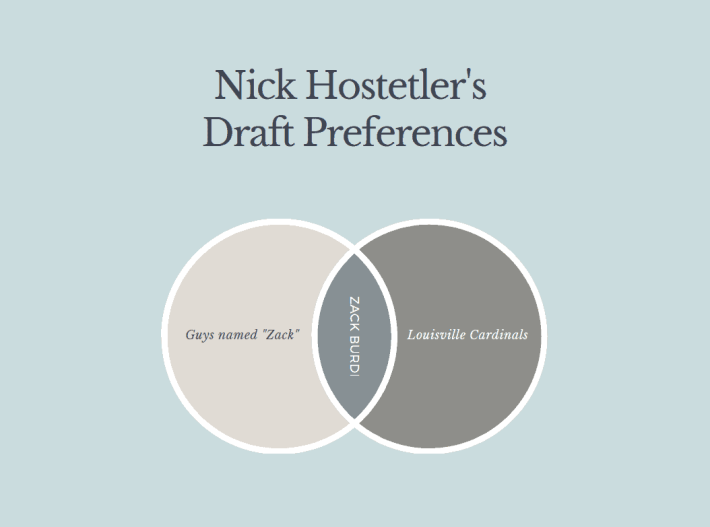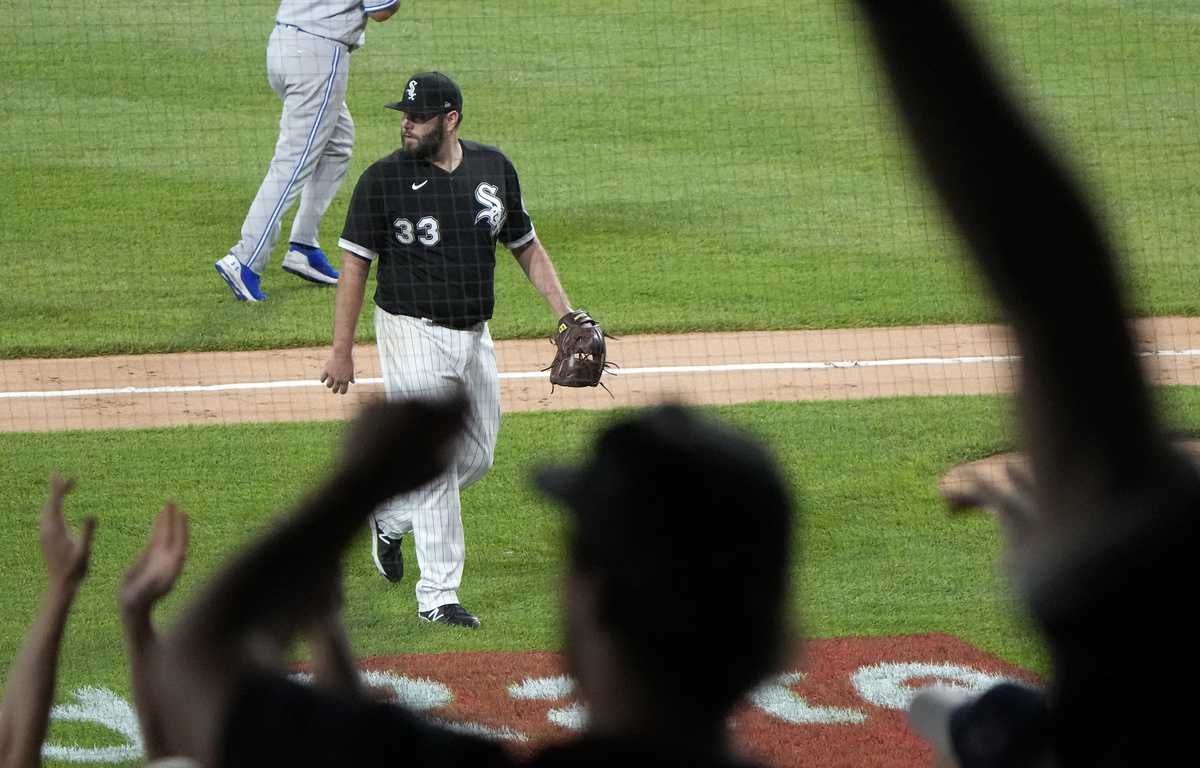Who throws a belt?
Lance Lynn, apparently. I can't remember a player being ejected for throwing that particular piece of apparel, but given that we're just approaching the two-month mark of equipment inspections and Max Scherzer foreshadowed such a development when he considering pulling a Steve Lyons on the mound, perhaps we shouldn't have been surprised.
Lance Lynn was ejected from Wednesday's game after the fourth inning for throwing his belt in the direction of umpire Nic Lentz, who came by the dugout for the customary midgame inspection, although not at the customary time. Lynn said a trip to the trainer's room was interrupted by the request, and he wished to make his displeasure known.
The quote is enjoyable, and his deadpan helps soften it. When you read related quotes in text, it can come off as Josh Donaldson-grade indignation.
"I wish I could have gone deeper. I didn't get that opportunity. It was taken from me."
The history of Major League Baseball suggests that tossing equipment in disgust at an umpire tends to trigger an ejection, so I'd be surprised if Lynn were truly surprised. My guess is that he's channeling the red-ass tradition a la Madison Bumgarner (“I just wanted to be mad for a minute"), and the White Sox have the cushion and bullpen to cover it up.
The question from here is whether Lynn drew attention to the league for a more efficient way to inspect equipment, or whether he's more likely to draw enhanced scrutiny for future inspections. I suppose neither is also an option, because inspecting pitchers is inherently an awkward, rhythm-breaking request no matter where it's conducted, and umpires don't seem to hold grudges.
Later in the evening, Arizona Diamondbacks pitcher Caleb Smith's glove was confiscated for suspicion of illegal substances, and Smith was ejected. So after relative peace on this front, Lynn picked the random evening where he'd have company on an even wronger side of the line.
* * * * * * * * *
Liam Hendriks was one of the relievers who answered the call after Lynn's removal. He stranded two in the eighth, then struck out the side in the ninth for a five-out save. He's two-for-two against Oakland this season in converting save opportunities, and doing so with extreme prejudice.
It's a refreshing reversal from his struggles against the Yankees, and Hendriks said he corrected his pitch-tipping. The way he describes it, it's not so much a matter of his release point as it is the path his arm takes.
“I think it was the arm track,” Hendriks said. “My arm was a little bit further away from my body with my glove as well, so as I was coming through and dropping my hands and going down, that caused it to be more of a swinging motion rather than a straight up and down, and so that can kind of affect everything. Everything came out the same way, but instead of getting from here to there (mimes a straight line with his hands) it’s there to there (looping motion). It’s the same spot, same everything else, but it’s that little bit of a curve in there that means you’re on the side of the ball a little bit more and it doesn’t tend to come out the same way.”
James Fegan GIF'd it in that article, and there's a difference that's barely perceptible even though you know where to look. The dilemma is that when a mechanical difference is that small, how much of that is attributable to being more man than machine?
I suppose the difference is whether it's what keeps him from being able to find the ears on a competitive slider over the course of a few pitches during an appearance. When hitters are keying on the fastball, everything that lessens deception -- a hundred RPM here, a little more length on the arm path there -- probably makes his misses more punishable than he's accustomed to over his previous two years.
I'm guessing he's unavailable after a five-out save, so if Tony La Russa wanted to see what Craig Kimbrel looks like in the ninth inning over the next couple days, he can do so without generating concern about a lack of confidence.
* * * * * * * * *
Zack Burdi's time with the White Sox is over, and so the Jeff Samardzija trade is closed. Burdi didn't stick with Chicago through his first trip to the waiver wire, instead getting claimed by the Orioles, who have lost 14 in a row for the second time this season and can use anything that resembles help. If I were Burdi, I'd choose to feel flattered that I didn't spend very long on the waiver priority order.
Though Burdi's career was more known for its laborious rehabilitation from Tommy John surgery rather than upper-level contributions, he did carve out a unique legacy for being the only Downers Grove South Mustang to play for the White Sox, as well being the Most Nick Hostetler Draft Pick Of All Time, as illustrated by this scientific diagram.

But the actual active question Burdi invites is whether the Sox got burned from using a first-round pick on a college closer, even it was their second pick of that first round. If so, does Garrett Crochet qualify as a better outcome of doing the same? Sure, Crochet was theoretically a starter at Tennessee, but he only threw three innings in his draft year and has only pitched out of the bullpen, so there hasn't yet been a concerted effort to show he has a path somewhere besides relief work, and the Sox just might not be interested in pursuing one.
That doesn't seem like a great use of a pick in theory given the disappointment when players can't even meet lowered ceilings (see: Fulmer, Carson). In practice, Crochet is giving the White Sox valuable innings out of the bullpen, and there's more value in that than there used to be. Perhaps Crochet can more be chalked up to grasping for certainty when the pandemic cut short seasons for an entire amateur class, because this year's draft class points to higher ambitions with their earliest picks.
(Photo by Mike Dinovo/USA TODAY Sports)





